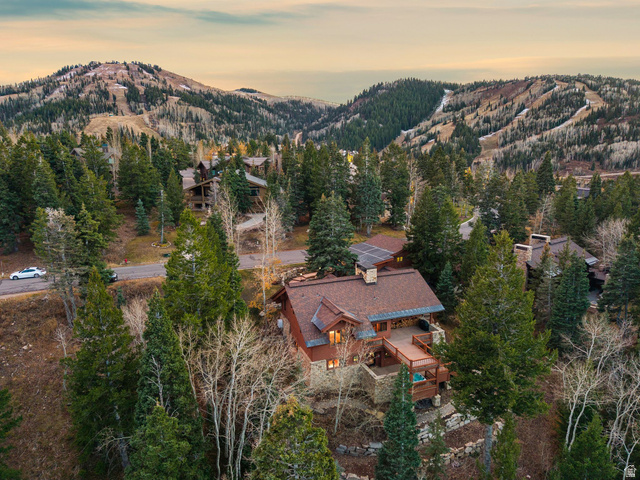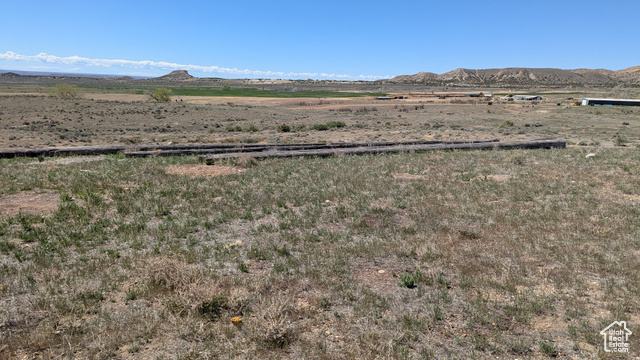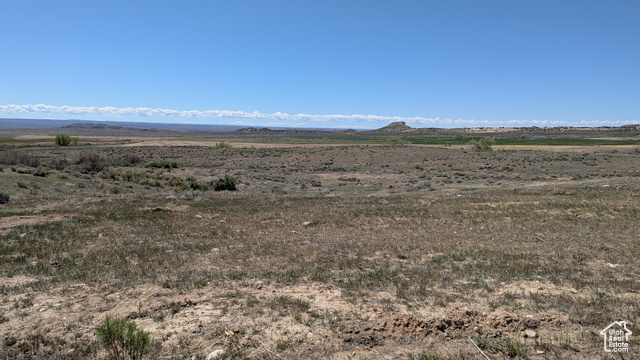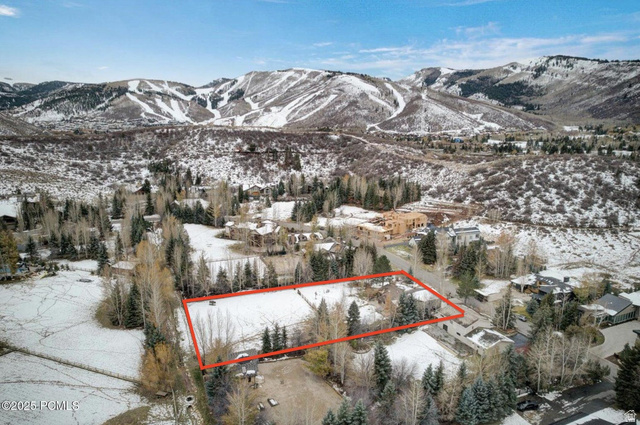St George, Utah and its surrounding cities have emerged as one of the fastest growing areas in the United States. The region combines dramatic red rock landscapes, a surprisingly mild climate for much of the year, abundant outdoor recreation, and a mid sized city atmosphere with amenities that matter.
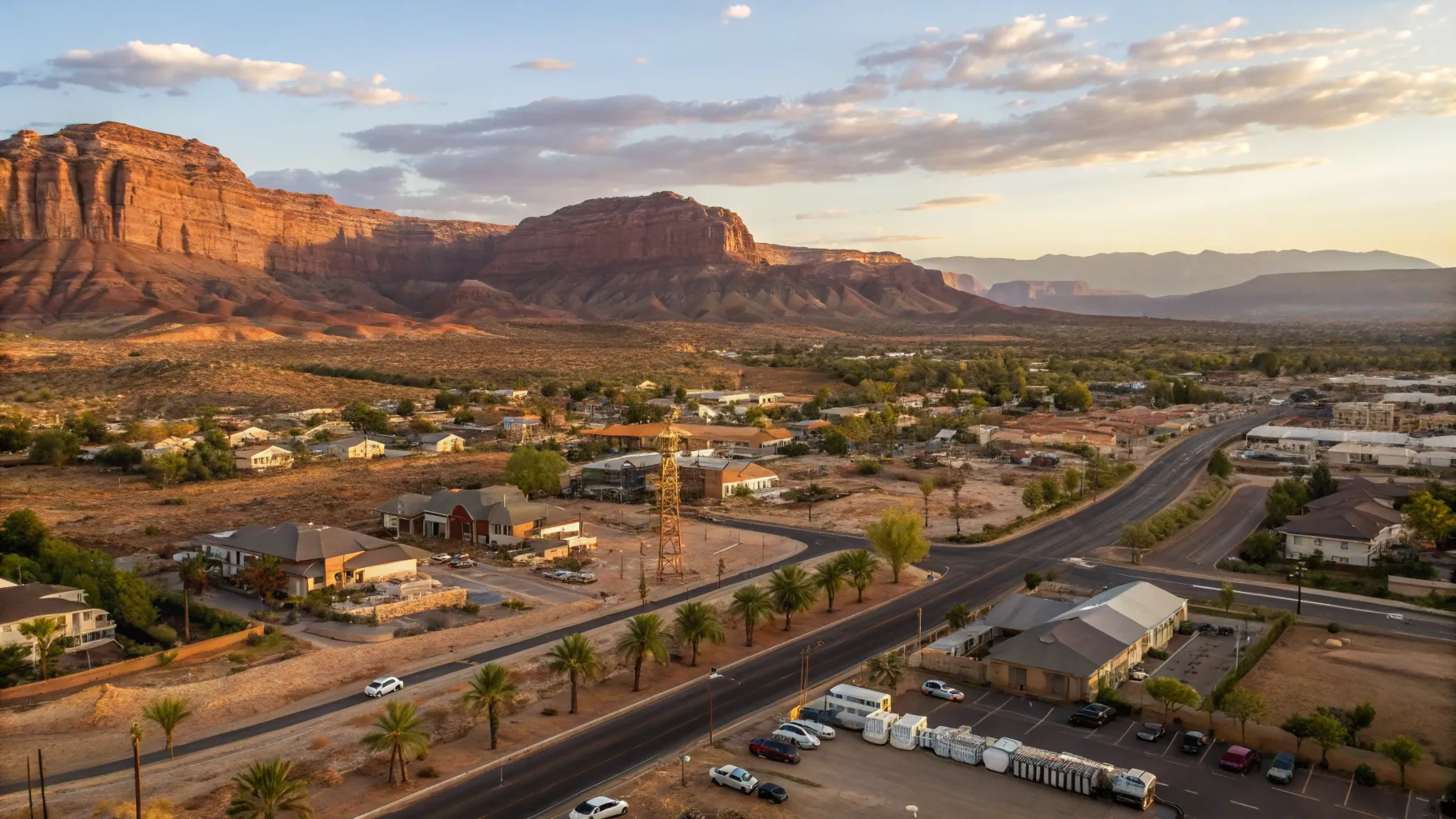
From Quiet Desert Town to Rapidly Growing City
St George has transformed dramatically in a short span. What was once known primarily as a retirement and golf community has become a regional hub with new neighborhoods, cranes on the skyline, and a steady stream of out-of-state arrivals. Migration from California, Nevada, and northern Utah has driven housing demand, pushing prices up more than 64 percent since 2019 in this market. A house that might have sold for $350,000 in 2019 can now top $575,000, reflecting one of the steepest price increases in the country.
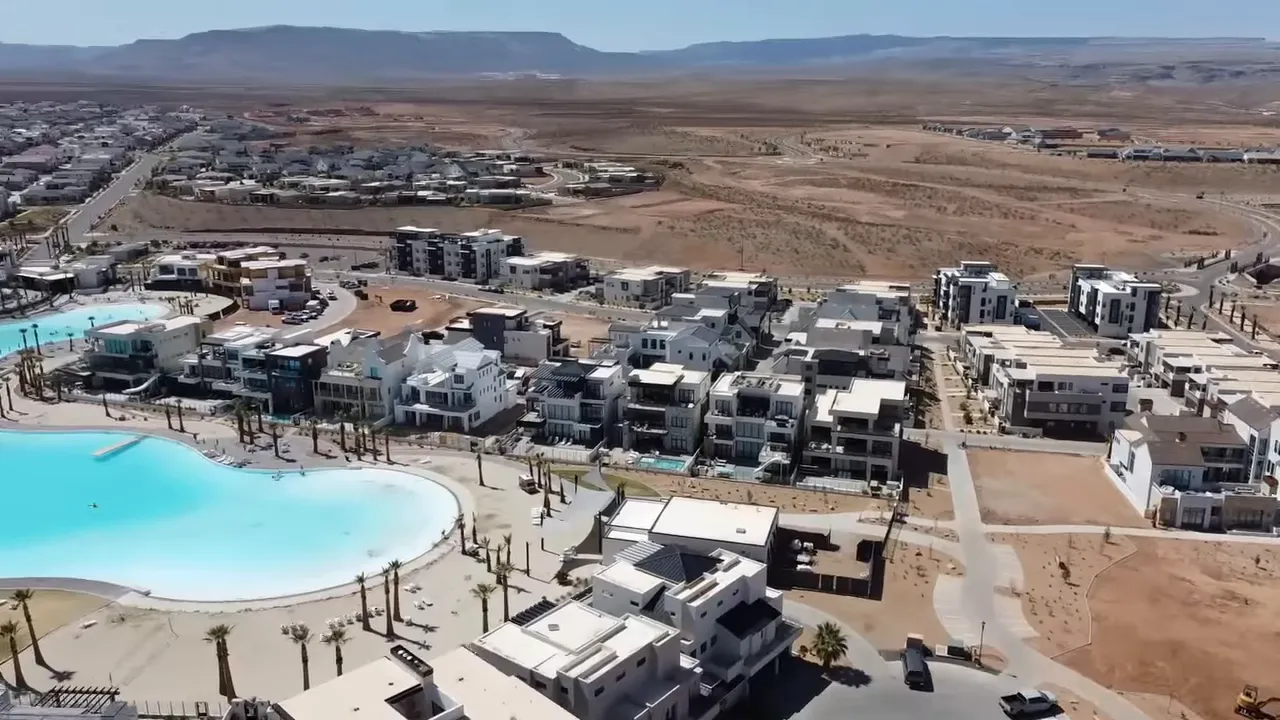
Key Drivers Behind the Growth
Several forces are fueling the expansion. Lower taxes, abundant sunshine, lifestyle amenities, and expanding job opportunities are drawing families, retirees, and entrepreneurs. Tourism remains strong, but the local economy is diversifying. Tech firms, healthcare providers, and small manufacturers are establishing a presence, shifting employment away from seasonal jobs toward more stable, year-round positions. This diversity is improving economic resilience while increasing pressure on housing, infrastructure, and natural resources.
Housing: Supply, Prices, and Builders
The housing story is twofold: demand is surging while supply struggles to keep pace. Local builders are expanding into new master-planned communities and infill sites, but land, labor, and material constraints mean construction cannot fully match the speed of in-migration. Cities are revising zoning rules to accommodate higher density and mixed-use developments that can support walkable neighborhoods, but those changes take time to translate into housing that alleviates affordability pressures.
Water: The Critical Constraint
Water is the principal limiting factor for future growth. Washington County communities are using roughly 90 percent of their reliable water supply. The Virgin River, the region's main source, has been strained by historic drought conditions. Projects like the Lake Powell Pipeline have been discussed as long-term solutions, yet they remain politically and environmentally contested. In the near term, local strategy focuses on mandatory conservation measures, drought-tolerant landscaping, and water-smart construction standards to stretch existing supplies.
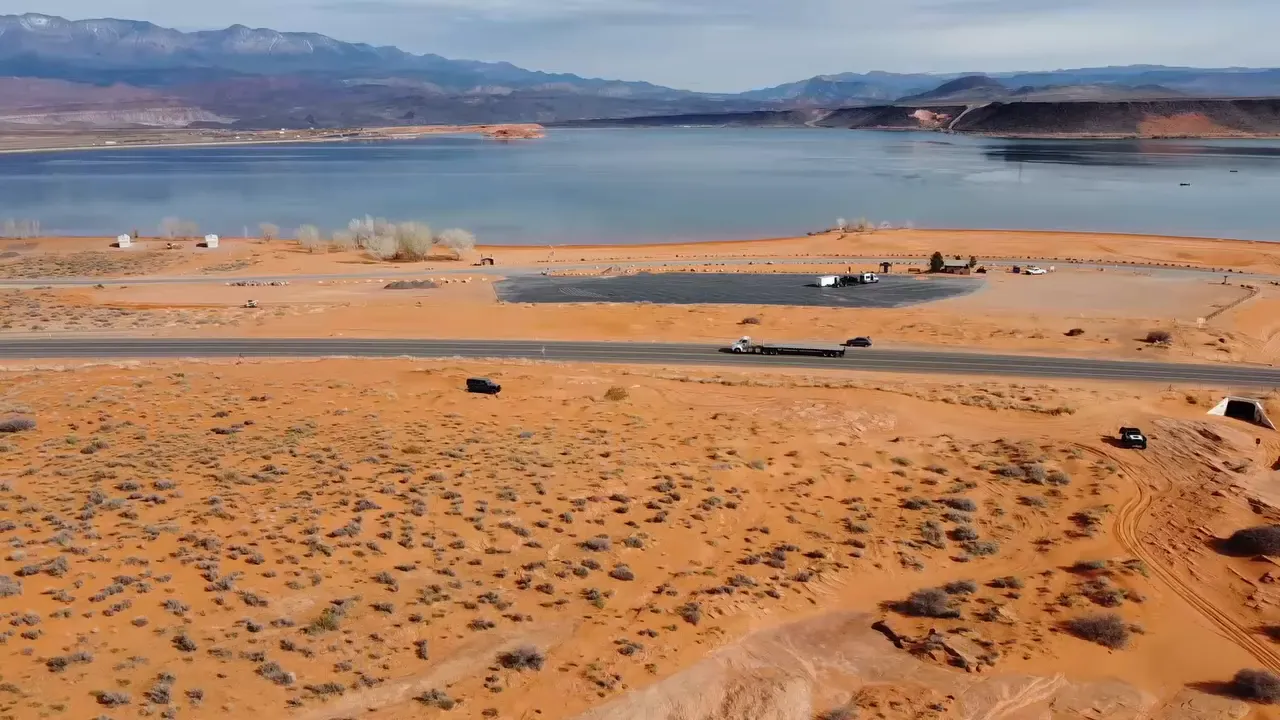
Infrastructure and Community Services
Rapid population increases expose gaps in roads, schools, and utilities that were sized for a much smaller city. Congestion on major routes such as Bluff Street and Interstate 15 is becoming common during peak hours. Schools are experiencing higher enrollment, and municipalities face competing demands for sidewalks, parks, and utilities. Several cities in the area are updating zoning codes to balance density with livability, and elected officials are prioritizing long-term infrastructure investments rather than short-term fixes.

Opportunity: Jobs, TechRidge, and a Broader Economy
Growth also presents opportunity. St George earned recognition as a top city for starting a business, driven by low tax burdens and strong tourism. One of the most ambitious local projects is Tech Ridge, a 100-acre mixed-use development located on the site of the former St George Airport. Designed to combine office space, retail, restaurants, and housing, Tech Ridge aims to produce local, higher-paying jobs and integrate affordable housing options within the same development. Companies already moving in are helping to anchor a new employment base that can reduce commuter flight and keep young professionals in the area.

What This Means for Buyers, Sellers, and Investors
For prospective buyers, the market requires realistic expectations. Rising prices and limited inventory mean competitive conditions for desirable listings, but the evolving job market and strong tourism support longer-term appreciation. Investors should evaluate rental demand, seasonal tourism cycles, and local regulations that affect short-term rentals. Sellers continue to benefit from elevated prices in many neighborhoods, but pricing strategy and home presentation remain critical to achieve top offers.
Practical Steps for a More Sustainable Future
- Embrace water-wise landscaping: Replace thirsty grass with native, drought-tolerant plants and efficient irrigation systems.
- Support smart growth: Favor developments with mixed uses, transit access, and affordable housing components.
- Plan for infrastructure: Prioritize projects that improve traffic flow, increase school capacity, and upgrade utilities.
- Look at evolving employment hubs: Monitor new commercial projects such as Tech Ridge for job and housing impacts.
Resources for Deeper Reading
Local market reports and guides provide useful context for planning a move or investment. Relevant resources include the St George market report and analyses of water management strategies. Examples of helpful pages include:
- https://bestutahrealestate.com/news/st-george/market-reports/st-george-real-estate-market-report-june-2024
- https://bestutahrealestate.com/news/st-george/resources/securing-st-george-utahs-water-future-strategies-and-insights-from-the-experts
- https://bestutahrealestate.com/news/desert-color-in-st-george-utah
- https://bestutahrealestate.com/news/pros-and-cons-of-living-in-st-george-utah
Population and growth context is available from national sources such as census data at https://www.census.gov and state guidance on water and land from https://utah.gov.
Balancing Optimism with Pragmatism
St George sits at a crossroads. The city’s natural assets — red rock scenery, abundant sunshine, and recreational access — continue to attract newcomers. At the same time, constraints in water and infrastructure require deliberate planning. The path forward depends on intentional decisions by local governments, developers, and residents to conserve resources and prioritize sustainable projects. With careful stewardship, continued economic diversification, and a focus on long-term infrastructure, growth can be managed in ways that preserve the region’s quality of life.
Next Steps for Those Considering a Move
Anyone weighing relocation or investment in the area should review local market reports, explore neighborhoods for lifestyle fit, and research water and infrastructure plans. Comprehensive guides and market updates are available through local resources and municipal planning documents to help evaluate timing, pricing, and long-term prospects.
Further Reading
Explore additional topics such as new construction vs pre-owned homes, costs to build in the region, and the realities of living in St George via the site’s city-specific articles and market reports listed above. For general property searches and statewide resources, visit https://bestutahrealestate.com.
Frequently Asked Questions
Can St George keep growing at the current pace?
Growth can continue but not without trade-offs. Water availability and infrastructure capacity are the key constraints. Sustainable expansion will require conservation, increased supply measures, and investments in roads, schools, and utilities to keep pace with new residents.
Is water the single biggest risk to future development?
Water ranks as the most immediate and tangible limit. With reliable sources already heavily utilized and regional drought conditions persisting, water planning and conservation must remain front and center for any large-scale growth strategy.
How should buyers approach the St George market?
Buyers should set realistic expectations, get preapproved for financing, and consider options such as newer mixed-use neighborhoods or developments that include affordable housing components. Reviewing market reports and local listings helps identify neighborhoods with balanced value and long-term potential.
What opportunities exist for investors?
Investors can benefit from rising demand for rental housing, the region's tourism economy, and the area's growing professional job base. Evaluating regulatory environments--particularly rules around short-term rentals--and local vacancy rates will improve investment decisions.
How can residents help shape sustainable growth?
Residents can support water-conservation policies, encourage mixed-use development, participate in local planning processes, and prioritize community investments that expand infrastructure capacity. Public engagement and informed voting on local measures are powerful tools.

